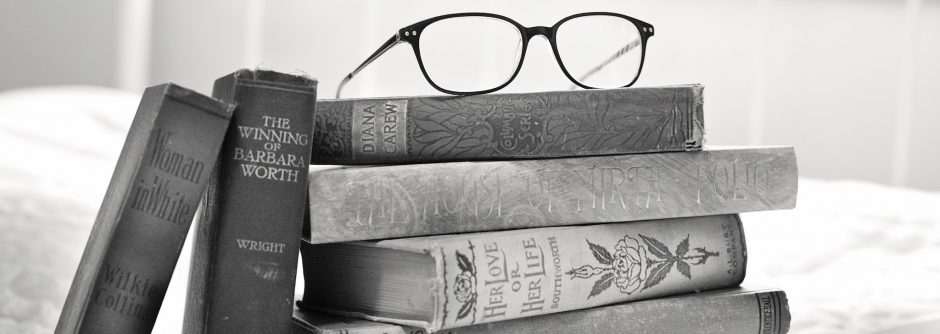The Farmer’s Wife Sampler Quilt Coloring Book: Color 70 Classic Quilt Designs from Your Favorite Sampler Collection
By: Laurie Aaron Hird
Rating: 3.5 of 5
I will post a silent flip-through video of the entire coloring book so you can judge whether or not it fits your needs.
I really wanted to love this coloring book of quilt blocks but it has enough issues that were slightly bothering to me by themselves. When added up, the issues amount to somewhat more than I would expect from what should be a quality coloring book.
To begin with, I have made quilts but do not consider myself a quilter in the sense that it is not my go-to hobby. I have made pieced quilts and applique both by hand and by machine over the past thirty years. While I know some of the names of certain blocks, I am not a walking encyclopedia of block names. It would have been wonderful if the author or illustrator of this book (two different individuals) had included the block names. Instead, I am confronted by 70 different blocks and no way of knowing which is which.
The book is put together with what appears to be chapters. The first design of the chapter is a set of the blocks in the chapter. This set is not illustrated as fabric, just as a way for you to see how the blocks are pieced together. The blocks then follow in a random listing (rather than in order from the set.) Either spot would have been a great place to put the block names with my preference on the separate, illustrated blocks. It would also have been nice if the blocks followed in an orderly pattern instead of happenstance order.
The book is in a smaller format to mimic the size of the actual block. That’s great but it also causes a number of the design elements to be quite small. I had problems with all but sharp pencils and small nib gel pens fitting into some of the coloring spots (more about coloring medium tests later.) There was also a repeated use of the same graphics over and over again. I would have thought with the great abundance of fabric patterns, there would not be a need for so much duplication. I would get tired of it by third design and more than tired by the sixth.
Perhaps my greatest issue with the book is that it is printed on cream paper. For many books, that is not that much of an issue for me. For this book, it is a big issue. The reason they used cream instead of white is to mimic the look of the farmer’s wife letters. I suspect that when those letters where first written, the paper was white and that they have aged. If there had been a real reason for using cream (such as older quilts were all cream based), I would not care but that is not the case.
Here is the issue – I want to use white in my quilt blocks but there is almost no way of getting white to show. I tried every type of coloring medium at my disposal. The only one that showed was a fairly large nib Uni-ball Signo gel pen. I used it to color some small dots it took a long while to dry and then it flaked off while I was coloring other parts of the design. White is certainly a color that exists in many vintage quilts and yet I cannot use it in my blocks in this book.
On to my more standard tests. The book is a smaller format book which is printed in sepia (brown) tone on one side of thin, perforated cream paper. The designs all stop before the perforations. The binding is glued rather than sewn but you can easily remove pages at the perforations. The book is fairly thick and I could not easily get it to lay flat.
All of my markers (water and alcohol-based) easily bled through the page. My India ink pens also bled through. My gel pens show color shadows on the back of the page and take longer to dry than on most paper. My coloring pencils work okay but the soft lead didn’t go on as thick as I would ordinarily like and the hard lead left indents on the back of the page. This is not the quality of paper I expected at this range. I will list, in the comments section below, the coloring mediums I used to test this book.
In the end, I didn’t love the book I just kind of like it. I was hoping for a definitive coloring book of quilt blocks but this is not it. The book could have been improved by the use of better grade white paper, listing the names of the quilt blocks, and using a more diverse group of graphics to simulate fabric patterns. The average is 3.5 and I round up as I cannot leave that rating on Amazon, on their platform it shows as a 4.
